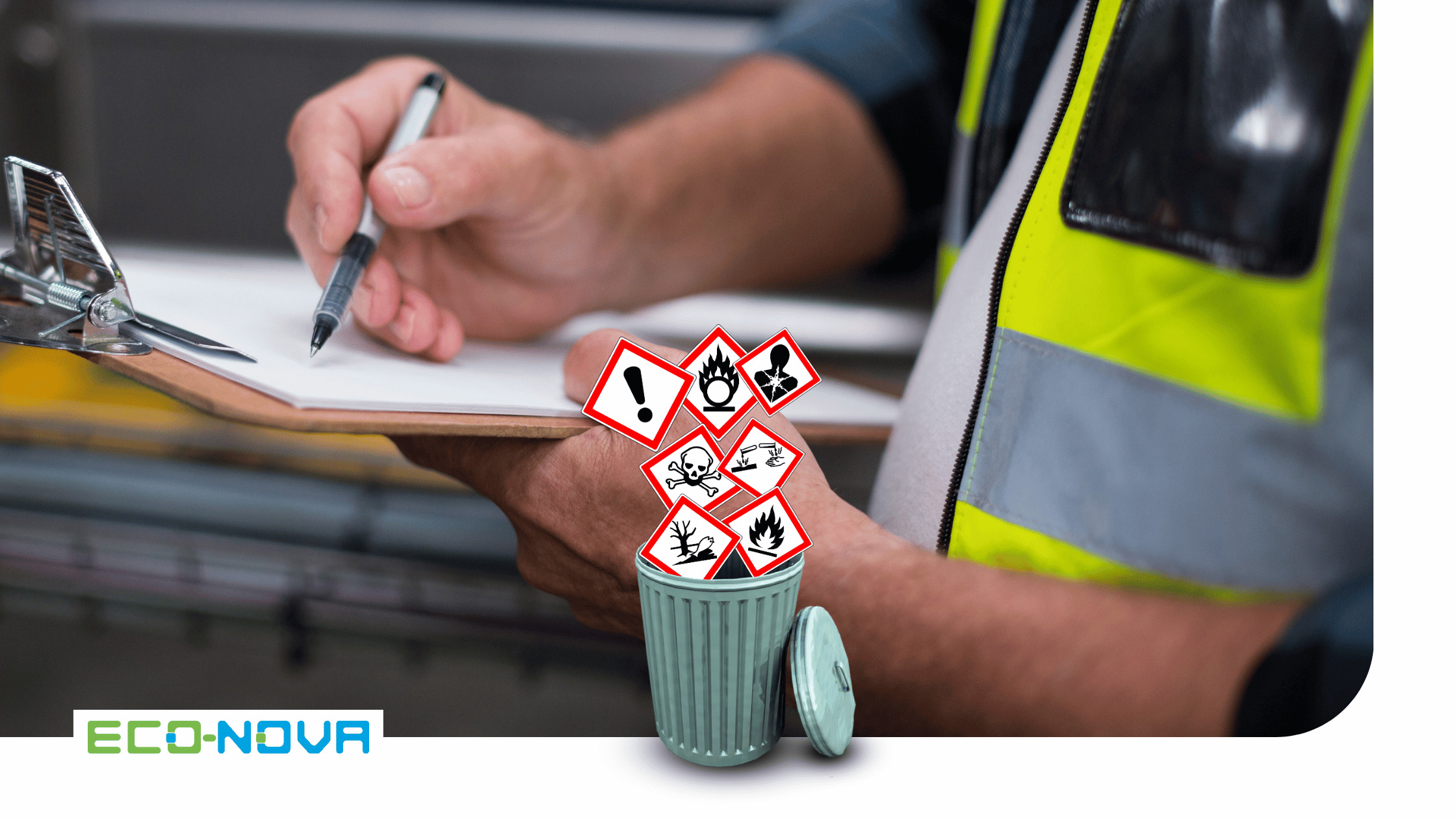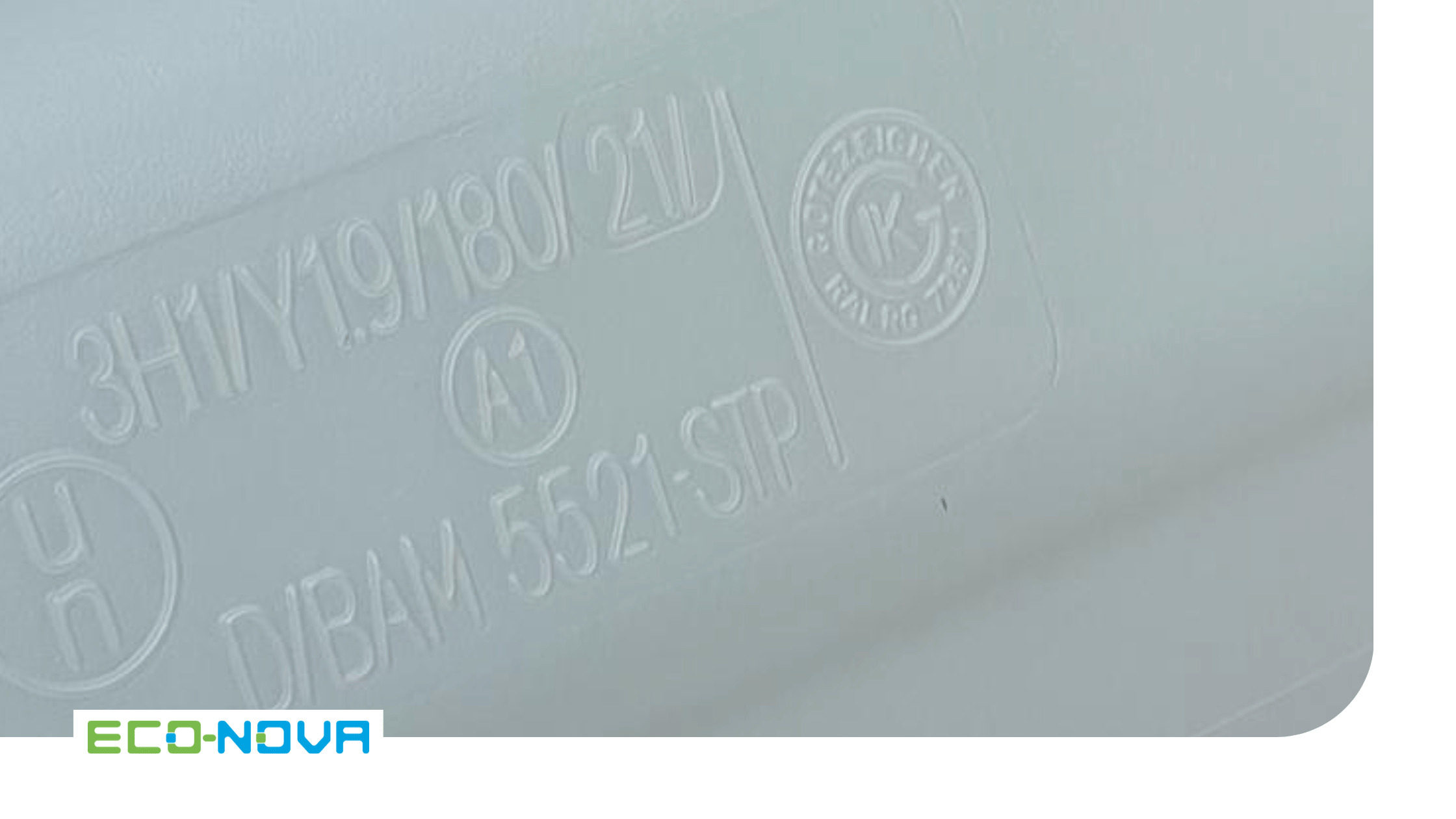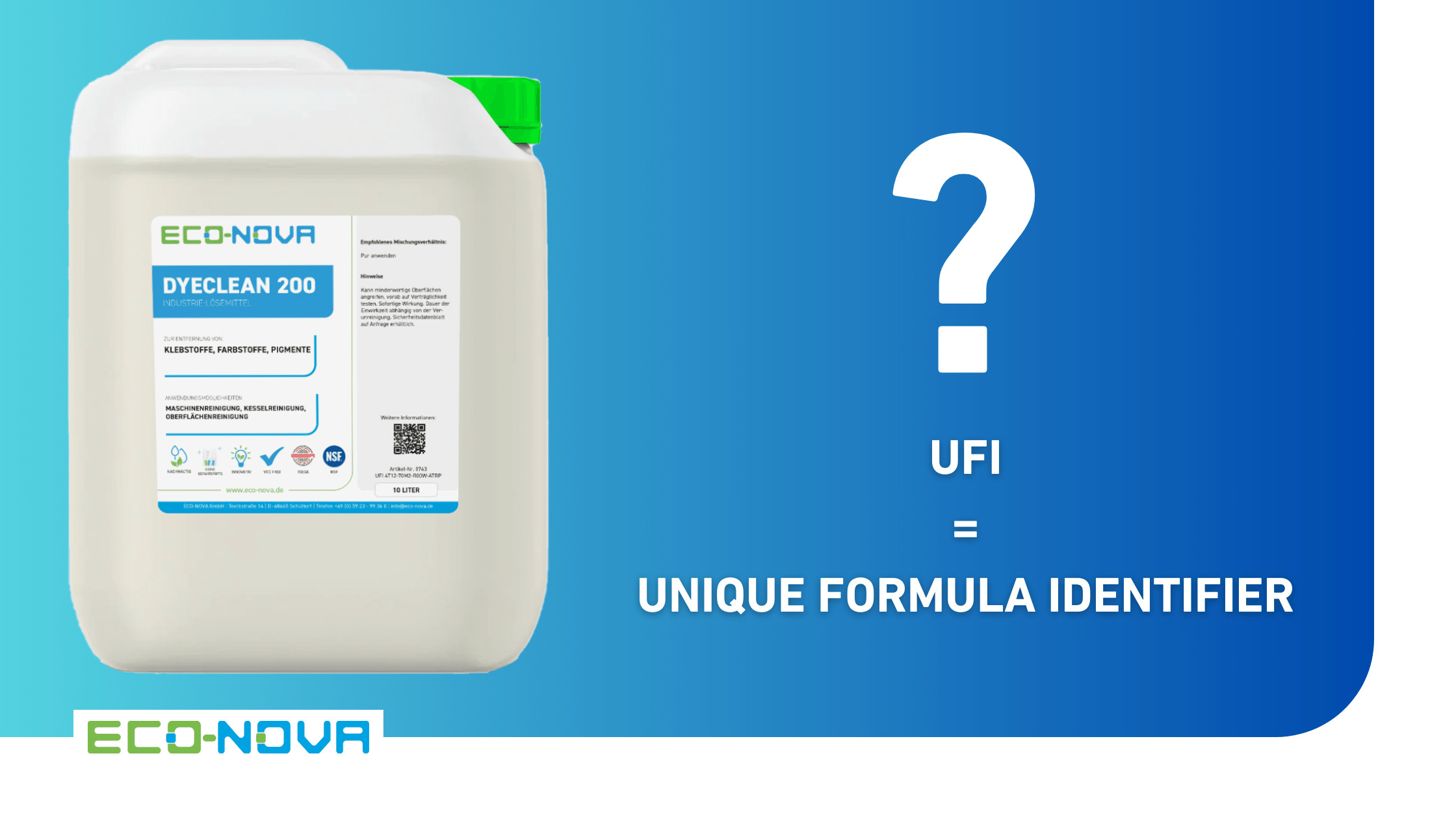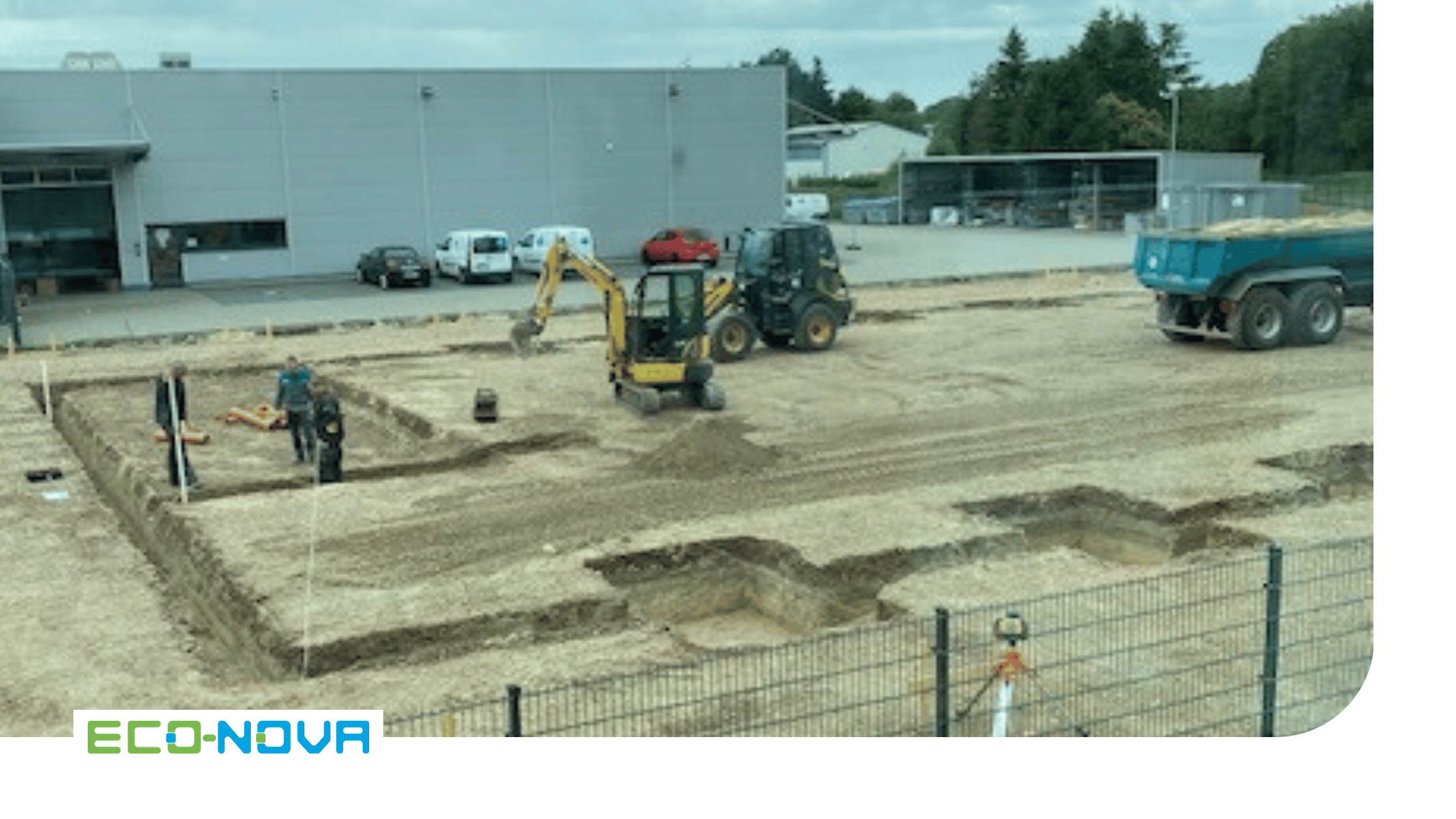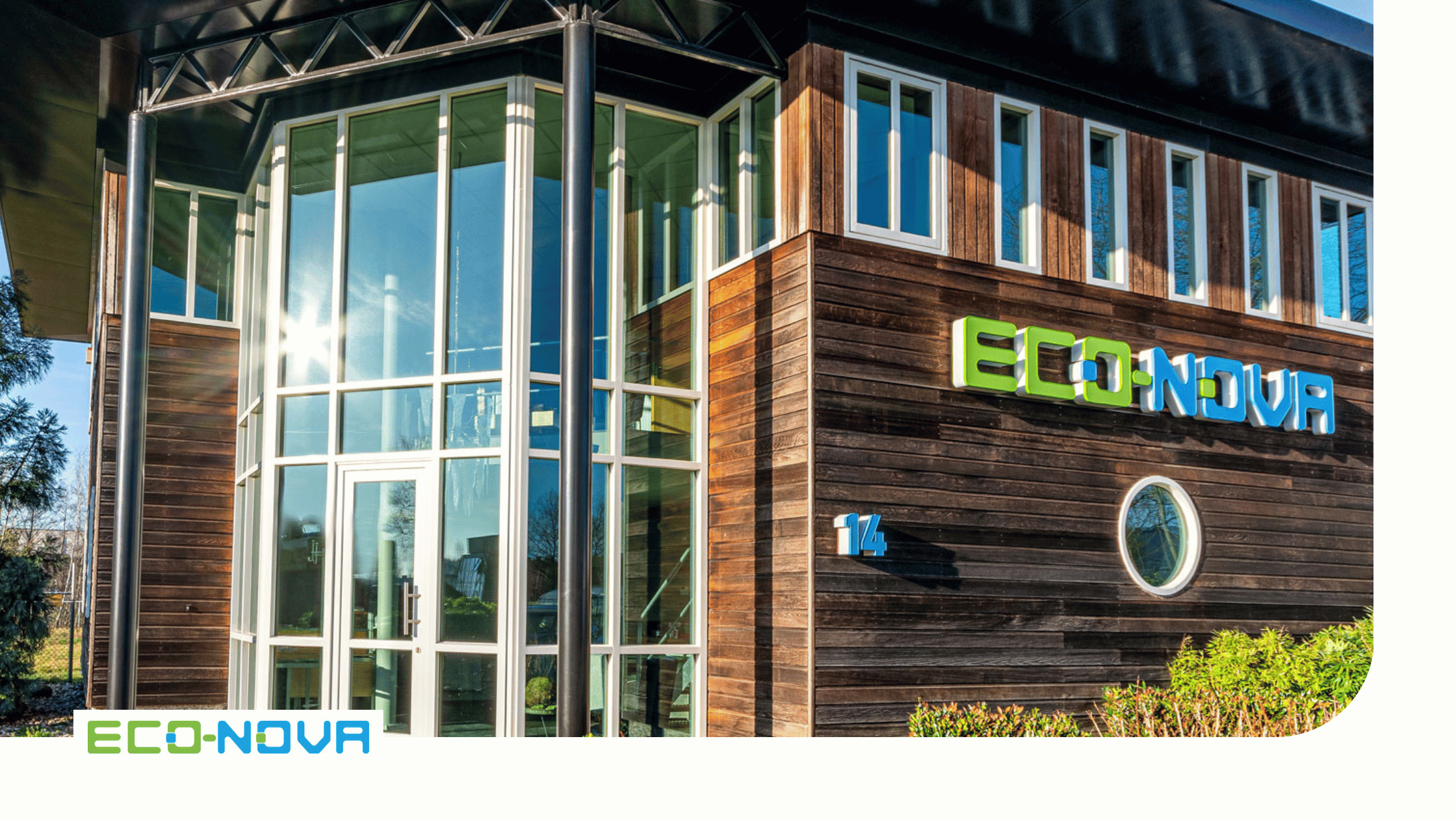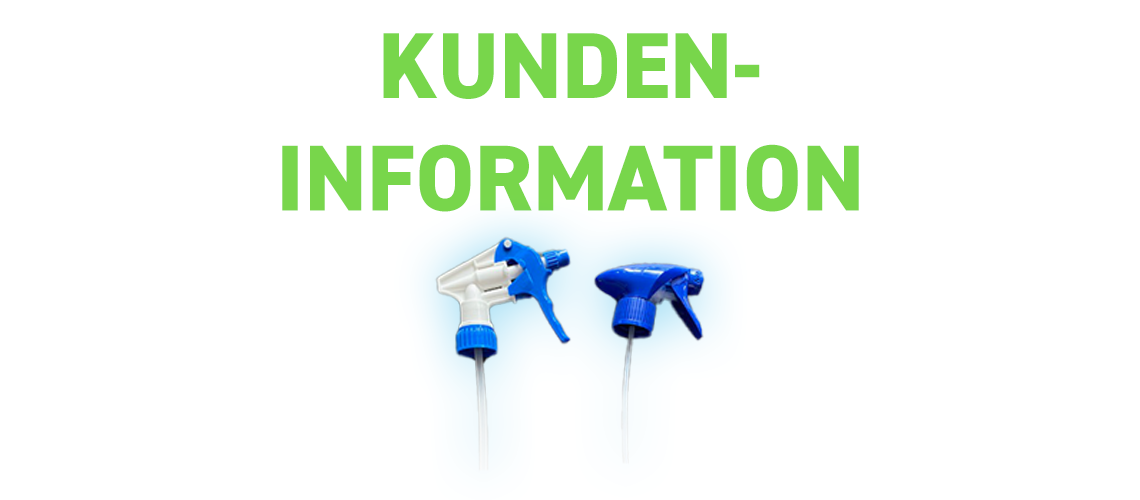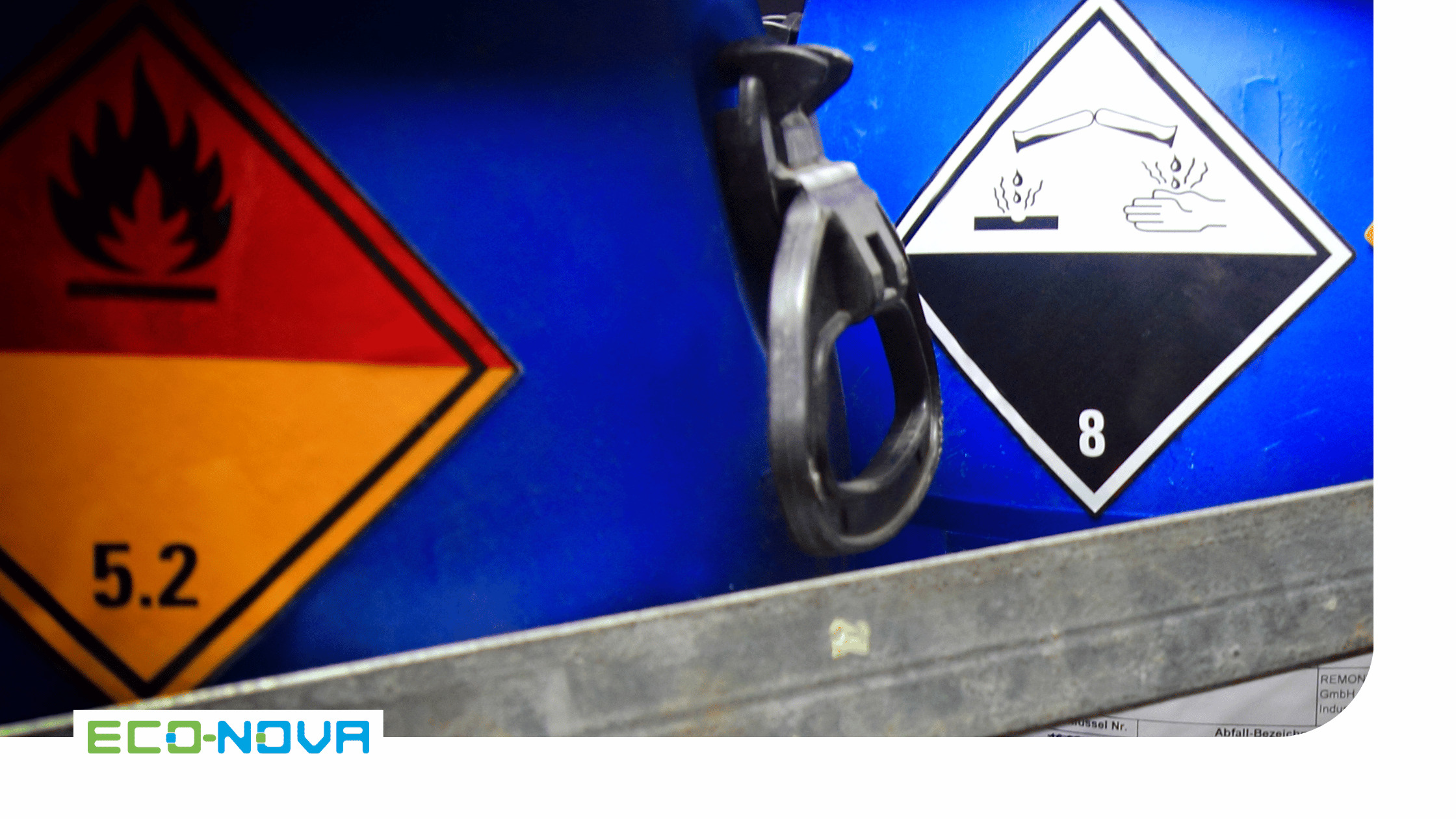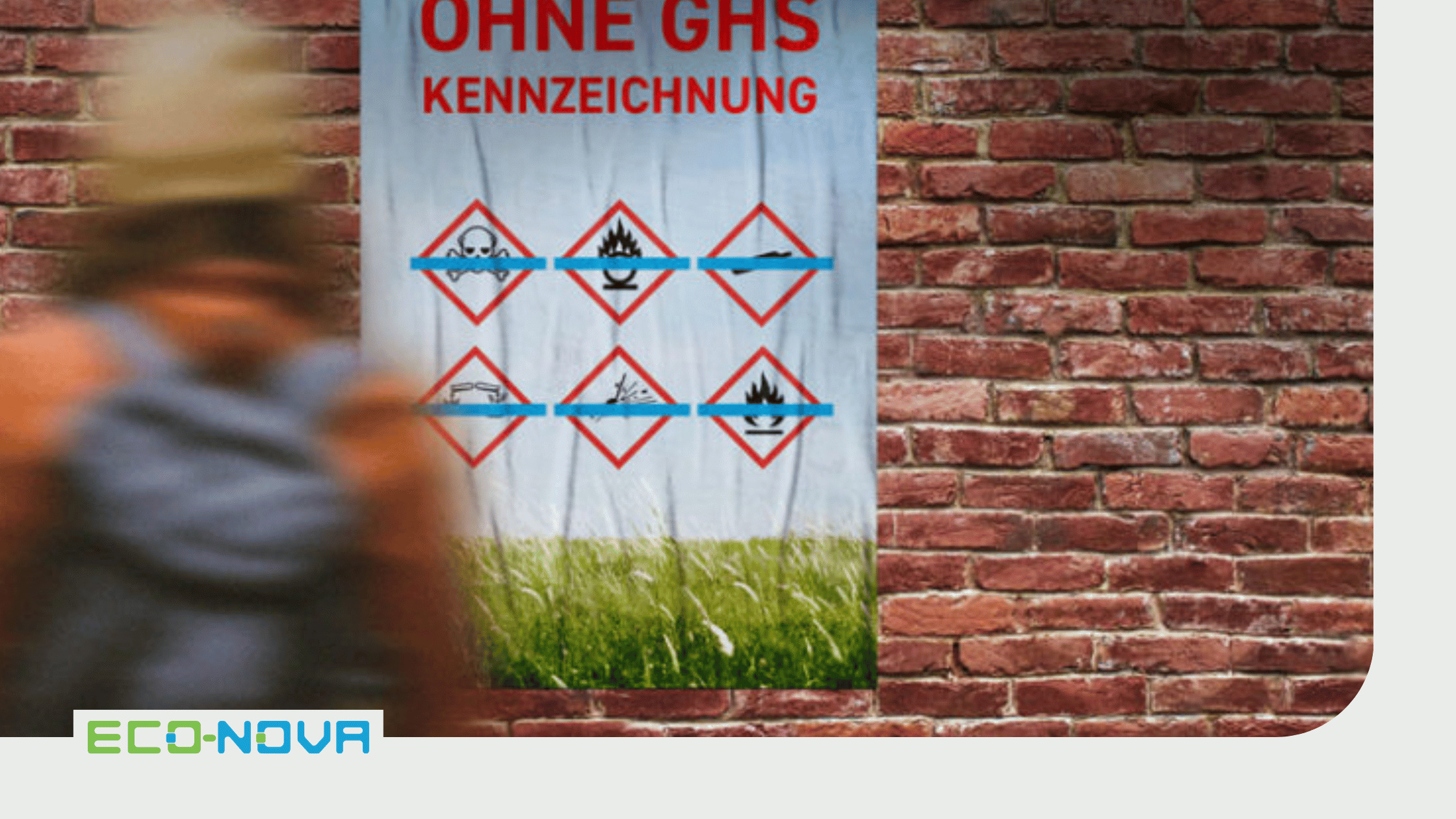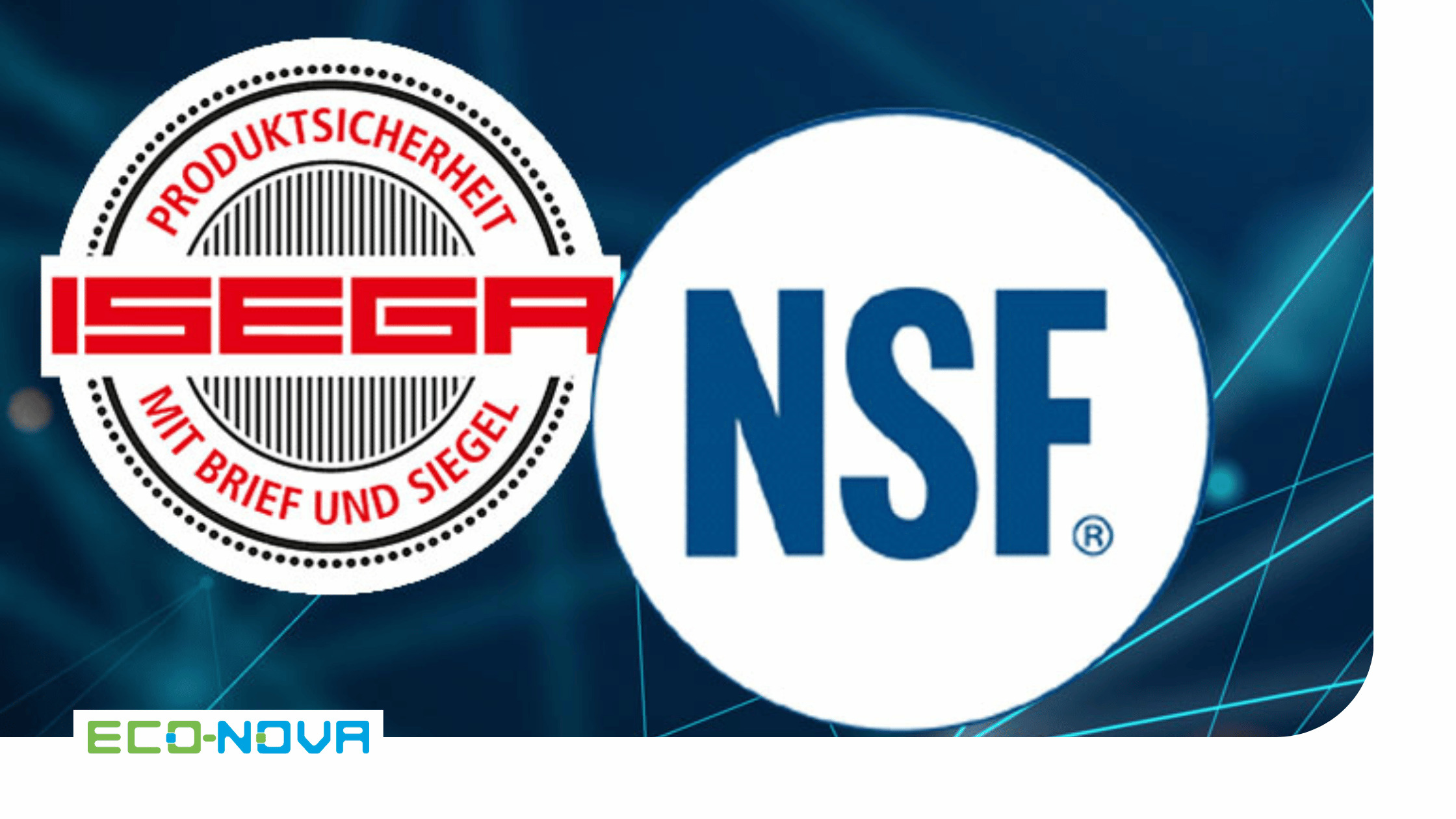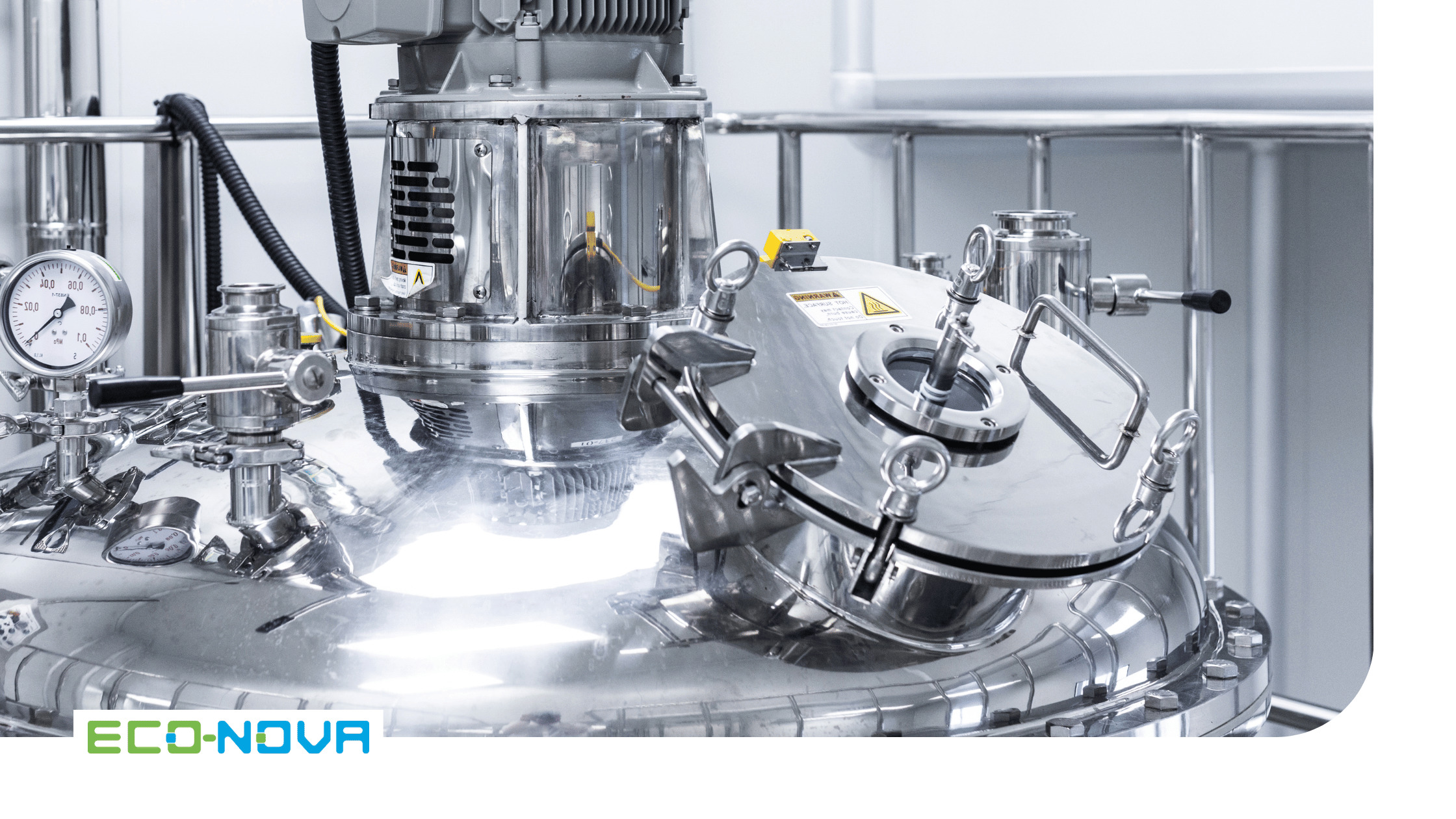Substitution of cleaners containing hazard symbols
It is becoming increasingly important for manufacturing companies to remove cleaners marked with hazard symbols from production facilities and replace them with harmless and safe cleaning solutions.
Many know this... On the cleaners that are used every day, there are all kinds of hazard warnings and hazard pictograms such as, flame, fish or skull and crossbones. In many industrial plants, for example, toxic, corrosive or irritant products are used for cleaning. These products pose a hazard to employees and the environment. In cases of cracking, sticking or to remove oils and greases, "harsh" cleaners are used. These hazardous cleaners require special measures such as PPE or storage instructions. The fact that these cleaners are marked with symbols and that corresponding safety data sheets are available for them is regulated under the International Regulation for Hazardous Substances (CLP). In this way, the occupational safety specialist knows how to assess the hazards and what protective measures are necessary in order to use the cleaning agents.
Improve safety and save costs
To ensure the safety of symbolic cleaners, many measures are necessary in the company. Special storage requirements apply to liquid cleaning products. Storage rooms must be well ventilated and first aid measures and PPE (personal protective equipment) must be adapted to the liquids to be stored. It is necessary to instruct employees and to train personnel regularly. When storing liquids together, it should be noted that acids and alkalis must be stored separately from each other. When storing larger quantities, measures e.g. fire protection, fire department plan etc. must be taken into account, from a storage quantity of 200 liters. fire water retention must be provided. Depending on the hazard class, many regulations must be observed. With cleaning solutions from ECO-NOVA, safety can be improved and costs can be saved.
We substitute cleaners with hazard symbols
Companies and employees are often unaware of the possible consequences of using cleaners containing hazardous substances. The intoxicating effect of some ingredients can also lead to unconscious dependence (e.g. painter's disease) on solvents.
A regular check of the cleaners therefore makes sense. For companies, it is often time-consuming to keep an inventory of cleaners and, despite hazard symbols, there is a great reluctance to replace classic, questionable cleaners with an ecological and safe alternative. However, awareness in purchasing is increasingly changing, because the assumption that a cleaner only works if it contains harsh or hazardous substances is no longer valid.
The demand for safe, ecological and innovative cleaning solutions is increasing. Also in the context of the "ecological footprint" this becomes more and more in the focus of the industry and the manufacturing sector. ECO-NOVA GmbH supports companies in the substitution of cleaners with hazard symbols. We inventory the existing portfolio of products containing hazardous substances and offer ecological and justifiable alternatives up to customized cleaning solutions.
